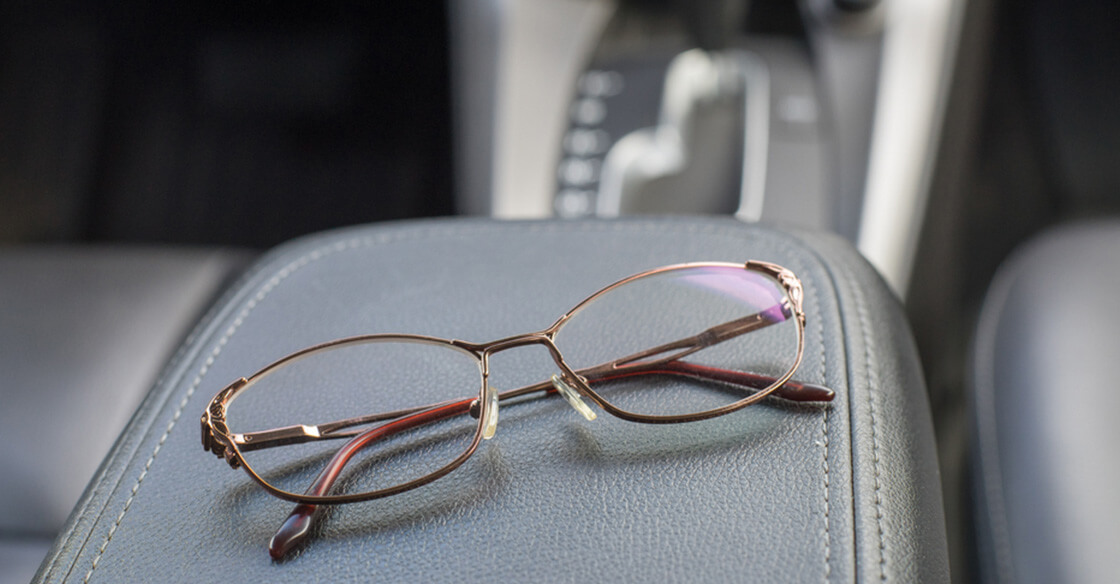Is Your Eyesight Affecting Your Driving or Are You Just Distracted?

The Vision Council believes we use our eyes more when driving than any other sense, because they are constantly shifting and refocusing. The Council suggests the following precautions when traveling in a vehicle:
- Wear your prescription glasses or contact lenses at all times behind the wheel
- Choose UV-protection sunglasses whether driving or as a passenger
- Consider incorporating polarized to minimize glare
- Take breaks on long distance trips to allow eyes and muscles to recover
Further Implications for Drivers with Vision Problems
Conditions like glaucoma, cataracts and macular degeneration can creep up on us so slowly we hardly notice. In fact, the College of Optometrists believes 20% of drivers over forty are unaware their sight has deteriorated. Moreover, their insurance policies could be invalid if they no longer meet eyesight test standards.
Natural changes occur as we age. If we can no longer read auto registration plates as clearly at fifty feet as we did before, we need to visit the optometrist for a check-up. It is a good idea to keep spare glasses in the auto, just in case something happens to our regular ones.
More Driving Tips for Senior Motorists
Let’s face it, some bits no longer work as well as they once did. We have to adjust to slower reaction times, in addition to allowing for fading eyesight. Older drivers should especially avoid talking on their cellphones while driving. Even a hands-free is no guarantee we are not distracted.
The risk of senior driving errors is highest in unfamiliar areas, especially at night. All About Vision reports that failing to yield when turning left is the biggest cause of accidents. The wisest choices are driving more slowly without holding other people up, and being honest enough to stop driving when we should.
Cognitive Distraction and How to Deal with It
Cognitive distraction occurs when we are thinking about something else while driving. The obvious solution appears to be mindful at all time. However, the National Safety Council believes this is not as easy as it sounds. They figure ‘inattention blindness’ is a major cause of deadly accidents. In this regard, they speak of drivers “looking at but not seeing” objects while in
a cellphone conversation.
The Harvard T.H. Chan School of Public Health hosted a forum on deadly distracted driving, with the U.S. Secretary of Transportation present. Key facts that emerged were:
- Hundreds of thousands of Americans are victims of distracted drivers annually
- Approximately 660,000 U.S. drivers are on their cellphones at any time of day
- 10% of drivers under 20 were distracted at the time they had fatal accidents
- More education, smart technology, and law enforcement are needed urgently
Drawing the Threads Together: Eyesight or Distraction
When we are young, and if our eyesight is good we need to practice driving ‘in the present moment’. This is being mindful of what is happening around us at all times. By the time we reach middle age, we are getting better at this and are perhaps at the safest driving time in our lives. Annual eye tests can alert us if our eyesight weakens as we age further. If we find ourselves increasingly distracted, possibly we should not drive at all.
EyeLux Optometry. Quality services. For your eyes only.
Schedule an Appointment
